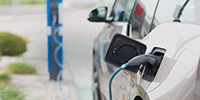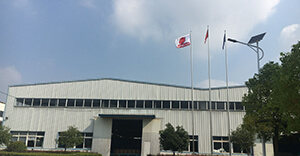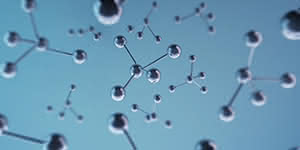How to better achieve fast battery charging
1. Improve battery design to reduce ohmic internal resistance
According to the fast charging target specified by ALABC, if the 100Ah starting lead storage battery is required to charge the battery capacity from 20% to 50% within 5min, that is, the charging capacity is 100×(0.5-0.2)=30Ah, the charging current should be not less than 30÷(5÷60)=360A, ie 3.6(A), at this time, the battery ohmic drop is 360×6×=0.216V, and the battery voltage reaches 1.97+0.216+0.030+0.006=2.23V, and the gassing voltage is not reached. The battery can be safely charged. The horizontal sealed lead storage battery has a smaller ohmic internal resistance. The 112Ah single cell is 0.3mΩ, and the battery capacity is charged from 20% to 50% within 5min. The charging current is 112×(0.5-0.2)÷(5÷60)=403A The ohmic drop of the battery when charged with this current is 403 × 3 × = 0.112 V, which is lower than that of the starting battery. Obviously, the horizontally sealed lead storage battery can be charged with more power when it is charged to the gassing voltage, that is, its rapid charging performance is better.
Our previous work has been obtained. If the lead storage battery adopts the copper pull net negative grid, it will significantly reduce the resistance of the board; this will not only improve the utilization rate of the active material and the specific power of the battery, but also improve the fast charging performance of the battery. It seems that the lead storage battery with the copper grid negative grid will bring great benefits to the electric vehicle.
2. Increase the rate of reactive ion diffusion
This is to increase the diffusion current density of the lead storage battery, that is, to delay the time when the battery reaches the limit diffusion current during charging, that is, delay the time when the battery voltage reaches the gassing voltage, thereby allowing the charging current to be increased and charging fast.
Thinning the thickness of the plate, increasing the porosity of the active material, and increasing the contact area between the grid and the active material, these measures are beneficial to the diffusion process of the reactants and products, reduce the concentration polarization, and increase the allowable charging current value. For fast charging. But from the perspective of battery life, the plates can't be made too thin.
3. Reforming the charging method of the battery
The theoretical basis of the pulse fast charging method is to superimpose a negative pulse of a certain frequency, width and height in the charging current or to stop charging in a short time, so that the ions participating in the reaction can be generated and increased in concentration, and the generated ions can be obtained. Moving away from the vicinity of the electrode surface, the combined effect is to reduce the concentration polarization, allowing the charging current to be increased to shorten the charging time.
It should be pointed out that the voltage of the lead battery is increasing during the charging process, that is to say, the polarization distribution of the battery is different in different charging phases, so when designing the pulse charging device, it should be allowed according to the battery charging. The voltage value is used to automatically adjust the charging current and time; at the same time, the width and height of the negative pulse must be automatically adjusted according to the battery voltage drop value during the negative pulse discharge. In this way, although the charging current is large, since the measures for reducing the concentration polarization are effectively taken in time, the battery voltage rises slowly, and the battery is charged with more power. The intelligent charging device currently developed is designed after considering these conditions.
4. The impact of fast charging on battery life
Whether the impact of high-current fast charging on battery life is good or bad is not controversial; it is not surprising that this difference is seen. This is firstly due to the fact that the battery life is not consistent. It has been observed in our experiments that even a batch of batteries prepared simultaneously from the production line can even have a cycle life of one time; in addition, during the long-term life test. It is difficult to ensure that the test conditions of each batch of batteries are exactly the same. Although it is generally believed that high current charging will shorten battery life, it has been reported in the literature that the cycle life of valve-regulated sealed lead batteries is improved by high current charging with proper cooling.
Our tests have shown that fast charging at high currents does not adversely affect battery life while keeping the battery charging voltage below the gassing voltage. The electric vehicle battery can be charged to 100% of the rated capacity every time it is used, but the battery should be fully charged every other week (preferably no more than half a month). Especially when not using an electric car, the battery should be fully charged and stored. This will help extend the life of the battery.
For more about manufacturing Lead Carbon Battery products, please visit https://www.bullsbattery.com/













